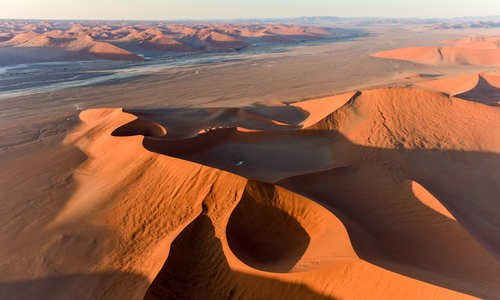Introduction
Etosha National Park is one of Africa's great reserves with game viewing on par with the Kruger, Serengeti and Masai Mara.
The park's central feature is the Etosha Pan, a huge flat white-mud depression that becomes a lake during exceptional summer rainfall, and which gives this magical place its name, translated as ‘great white place' or ‘place of emptiness'.
Inside Etosha there are three well-appointed rest camps catering for day and overnight visitors. Each camp has a floodlit watering hole offering a unique perspective on the hundreds of species that populate the park.
A large part of the park is closed to the public or inaccessible by road, which has allowed conservationists to carry out important wildlife studies. There is no access across the pan itself, instead a network of gravel roads offer outstanding views onto this natural feature.






